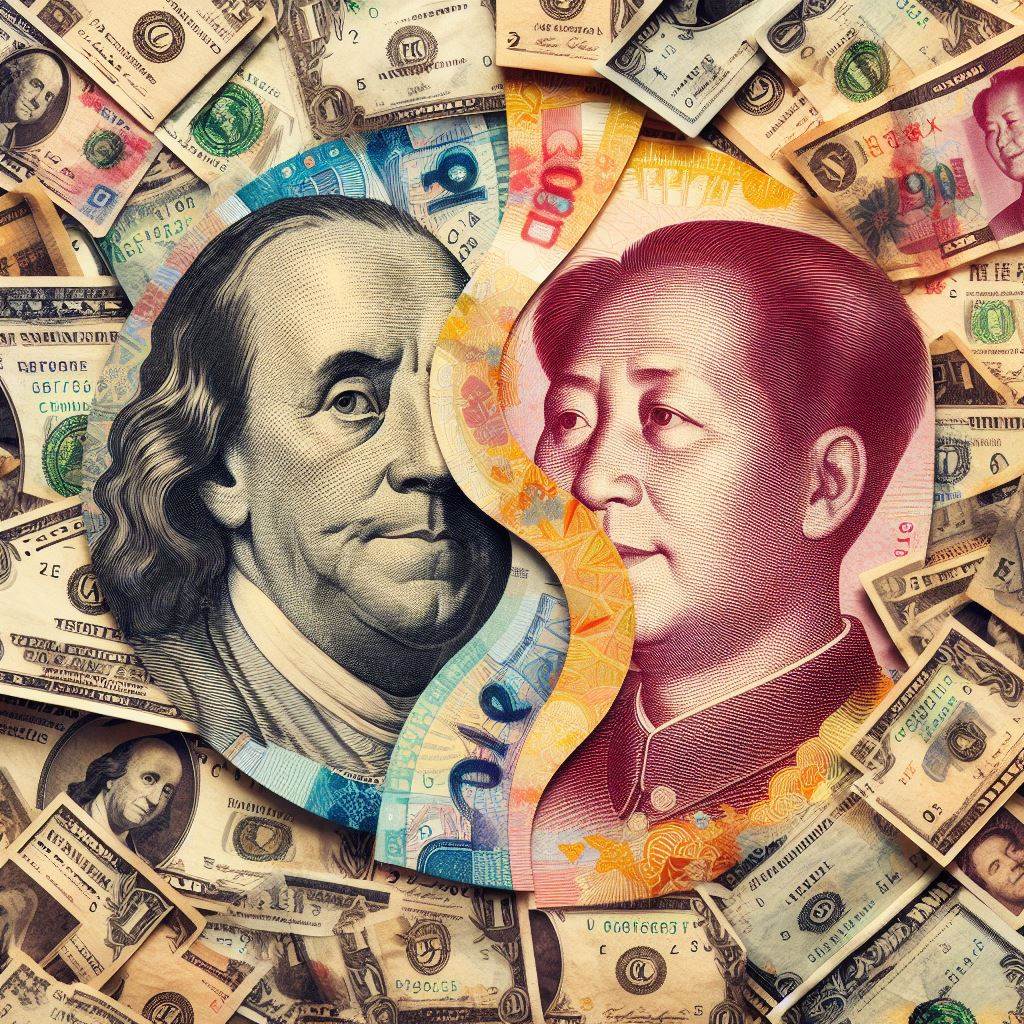International
National Debt: China will beat US in the future

How do the US and China have good growth? At this stage, mainly because of very high government spending,.
While in Europe there is the myth of growing “Beggar your neighbor,” that is, without investing, without making public space, but dumping growth abroad with trade balance surpluses, China and the US cannot afford it, and now, lacking efficiency growth, they grow with government spending.
Debt then comes to grow and we see how the IMF expects the public debt of the two countries to grow. In the Chinese one, contrary to the official statistics, we consider all debts , even those of local government and special investment vehicles. The result is as follows:

The debt is typically measured as a percentage of GDP, which allows for comparisons between countries of different sizes.
As the graph shows, public debt in both the United States and China has been on an upward trend since 1999. This is due to a number of factors, including:
- The costs of wars: The United States has fought two major wars since 1999, in Iraq and Afghanistan. These wars have been very costly, and they have contributed significantly to the increase in US public debt.
- The Great Recession: The Great Recession of 2008–2009 was a severe economic downturn that caused governments around the world to increase spending and borrowing. This led to a sharp increase in public debt in both the United States and China.
- An aging population: Both the United States and China have aging populations. This means that there are a growing number of retirees who are receiving Social Security and Medicare benefits. Tax revenue supports these initiatives, but government spending on them also comes from a significant source. As the population ages, the cost of these programs is likely to continue to rise, which will put further pressure on public debt.
The upward trend in public debt is concerning for a number of reasons. First, it means that governments are spending more money on interest payments than they are on other programs. This can crowd out other spending, such as education and infrastructure. Second, high levels of public debt can make it difficult for governments to respond to economic crises. If a government’s debt is too high, it may be reluctant to borrow more money during a downturn, which could worsen the crisis. Third, high levels of public debt can lead to a loss of confidence in the economy. If investors believe that a government is too indebted, they may be less willing to lend it money, which can drive up interest rates and make it more difficult for the government to borrow.
Two societies, same problems
The difference between the two states is related to the different political and economic situations.
The U.S. has a form of political alternation, so policies come to change. At least in theory, the GOP has an agenda that would like to spend less on current spending and unproductive spending. China does not have these breaks and alternations in economic policy. Continuity can be an advantage when there are sudden crises, but it risks being a burden when change and alternation are needed.
Moreover, the demographic crisis is more severe in China than in the U.S. because the former is a more closed society. At the same time, however, it is undeniable that something is not working in American society.






